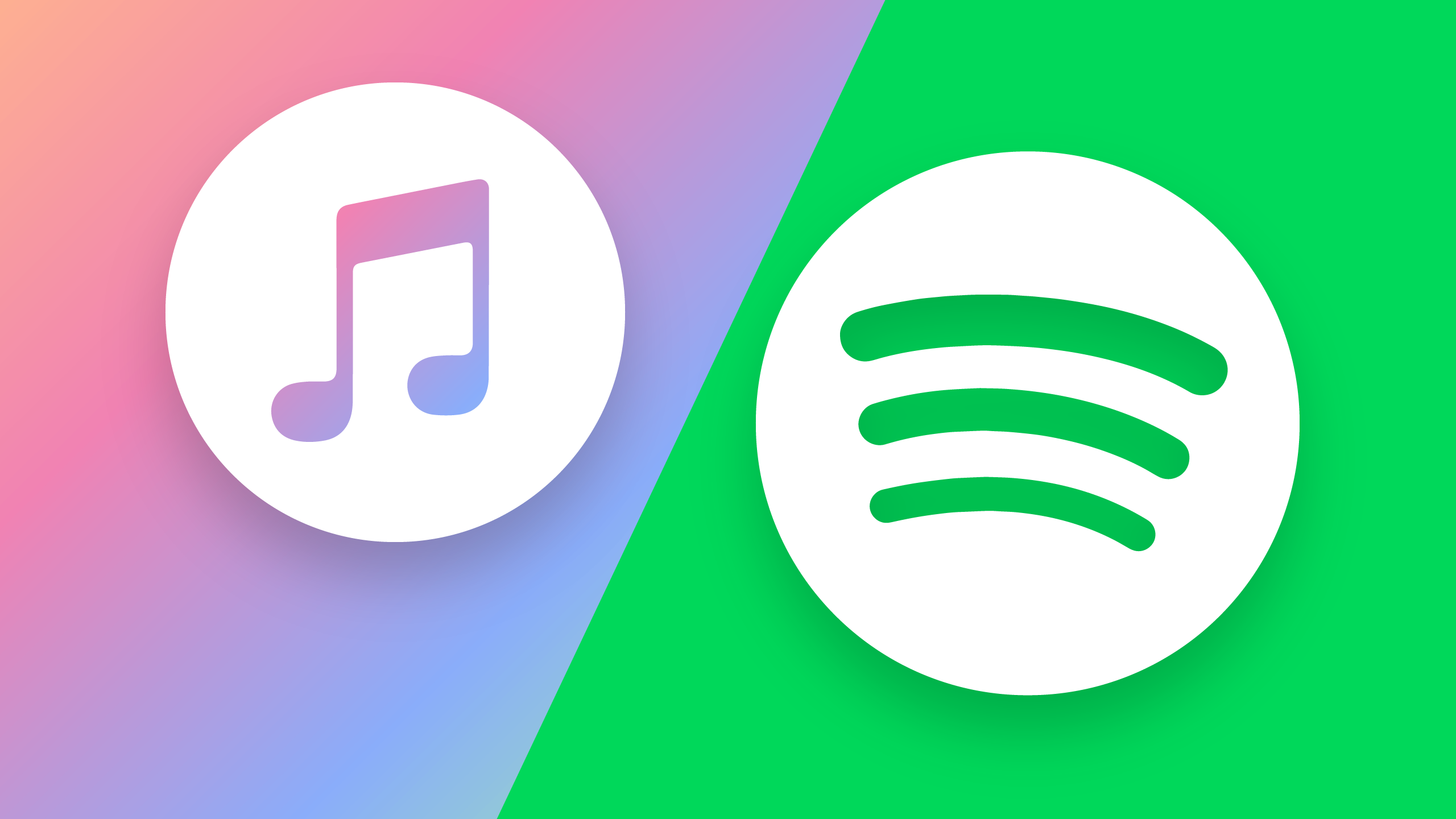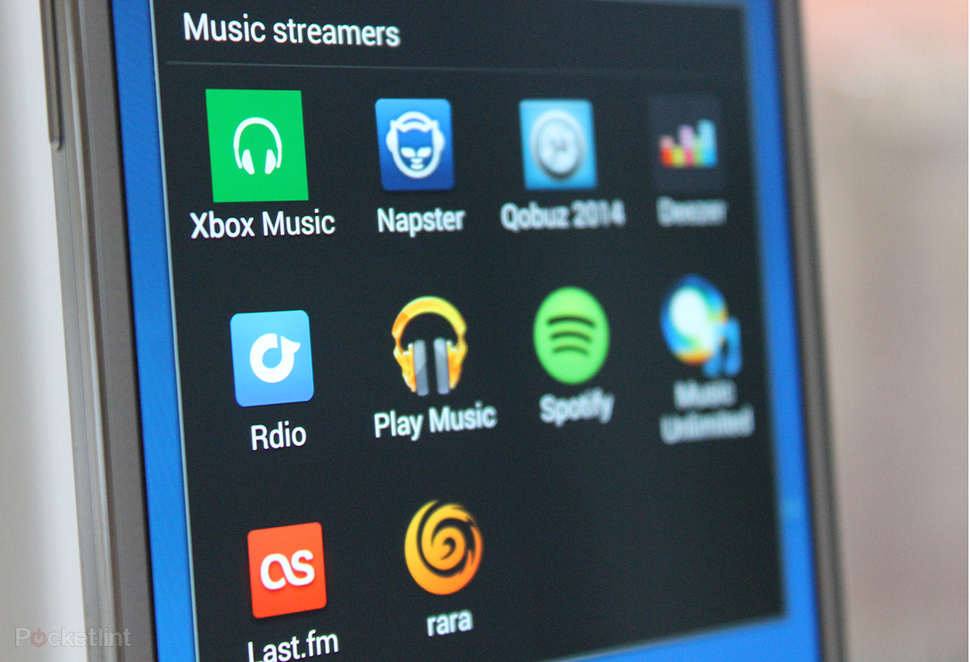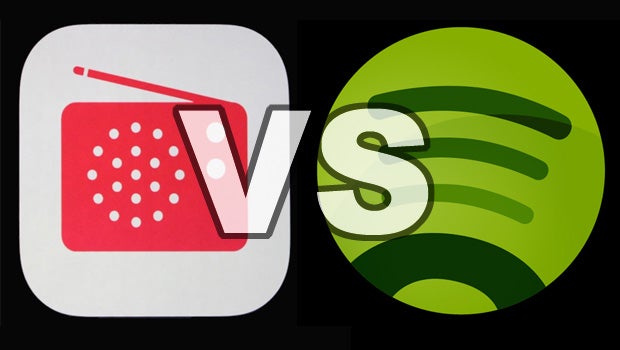

That’s the main YouTube service, rather than its YouTube Music segment specifically. In November 2020, YouTube’s global head of music Lyor Cohen announced that more than two billion people consume music on YouTube every month. YouTube Music: 2bn music users / 80m subscribers This includes people using Amazon’s Prime Music tier, which is part of an Amazon Prime membership. In January 2020, Amazon announced that its music streaming service now “ reached more than 55 million customers globally“, with its music boss adding in a Financial Times interview that “nearly all” of those people were paying for a subscription. Amazon Music: 55m customers (another old number) It hasn’t updated the figure publicly since then. In June 2019, Apple announced that there were 60 million people paying for an Apple Music subscription.

Apple Music: 60m subscribers (but this is an old number) Tencent Music: 587m users / 85.3m paying usersĬhinese firm Tencent Music has three different music streaming services – QQ Music, Kugou and Kuwo – and at the end of 2022, it had 587 million mobile monthly active users of those services, including 85.3 million ‘paying users’. That includes people buying music, as well as subscribing. Spotify: 489m users / 205m subscribersĪt the end of 2022, Spotify had 489 million monthly active users, including 205 million premium subscribers and 284 million ad-supported (i.e free) listeners.


If you’re a streaming service and have spotted that your figures are out of date here (or if we don’t have them at all!) please do email me so I can update the article accordingly. This post was last updated on 20 February 2023. So here they are, with links back to the sources for the figures. In other cases, the boundaries between active and registered users can be purposefully unclear.Įven so, it feels like it would be useful to have all the public numbers in one place. As industry lawyer Kevin Casini pointed out on Twitter, there can be debate about (for example) how those services define ‘paid’ subscribers. So, we’re trying something that will hopefully be useful: a post that we’ll update whenever a major streaming service updates its public numbers.Ĭaveats: we’re relying on the numbers given out by the streaming services. Sometimes the statistics around how many people are streaming music – and how many are paying for it – can lead to confusion and misinterpretation.įor example, we’ve seen one story suggesting that Amazon was “ on course to overtake Apple Music” based on comparing an Amazon figure from January 2020 with one from Apple that hadn’t been updated since June 2019.Īnother story claimed that “ Pandora has overtaken Apple for second spot” in subscriber rankings, which mistakenly compared the former’s number of active listeners (most of whom don’t pay) to the latter’s paid subscriber count.


 0 kommentar(er)
0 kommentar(er)
